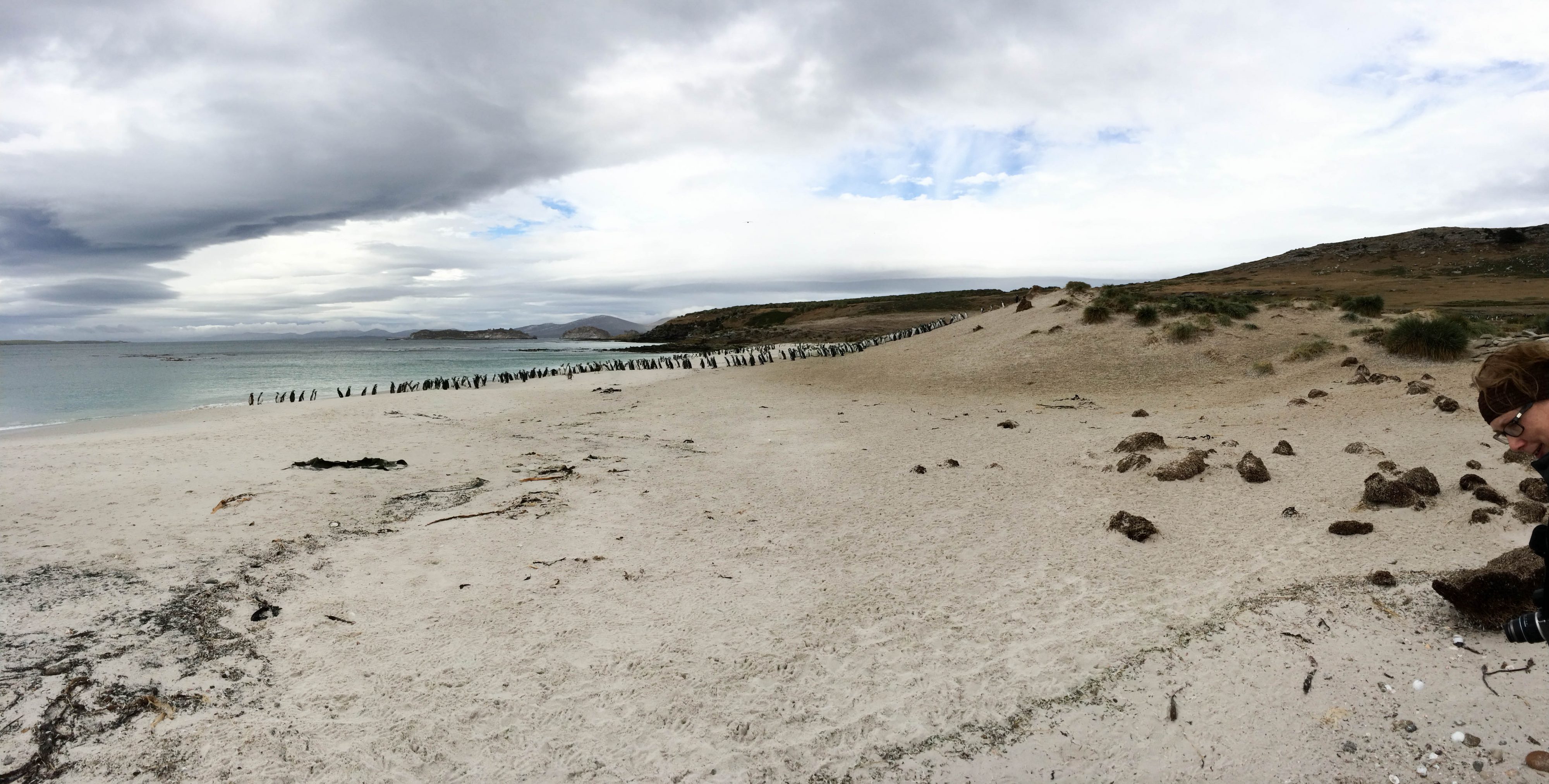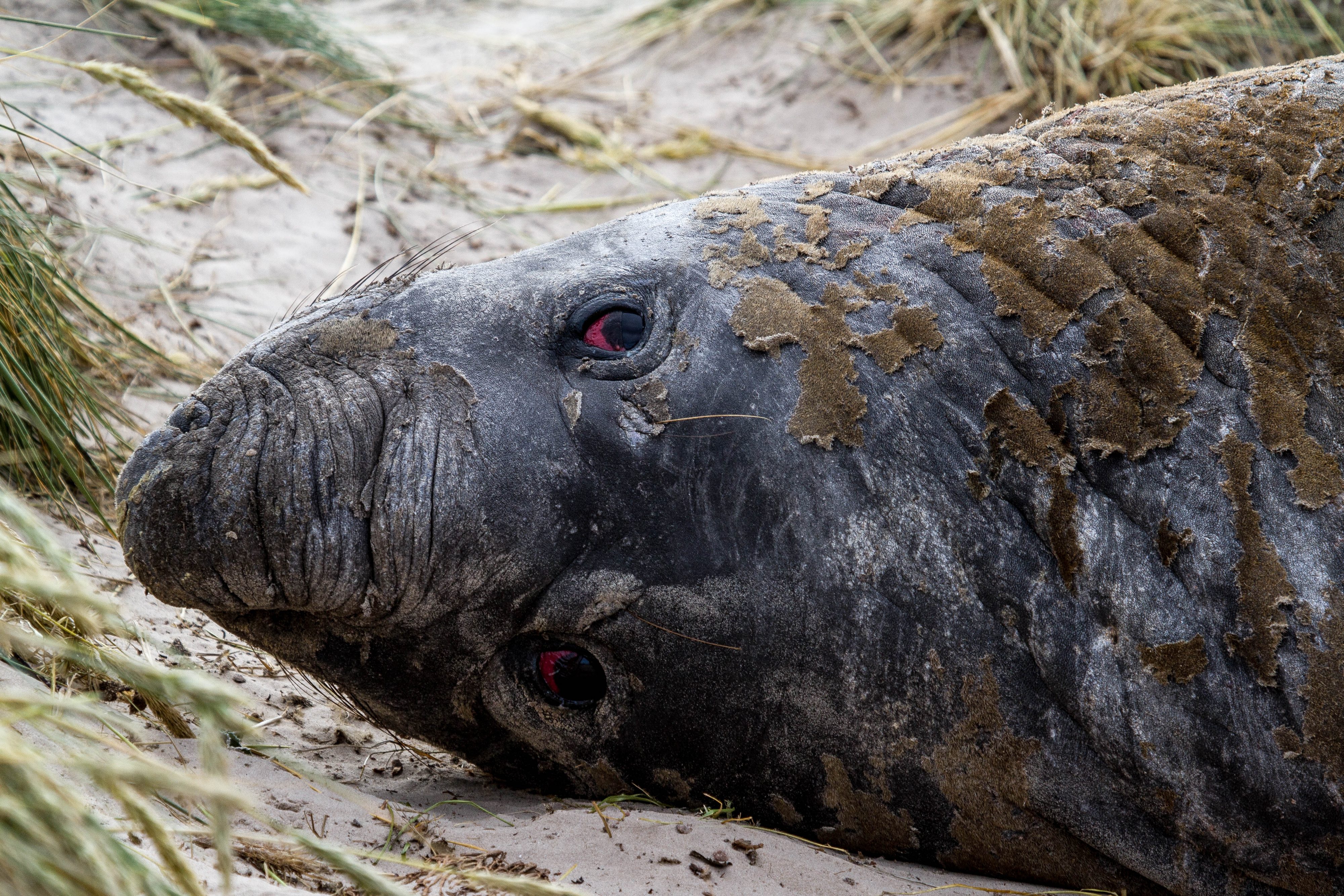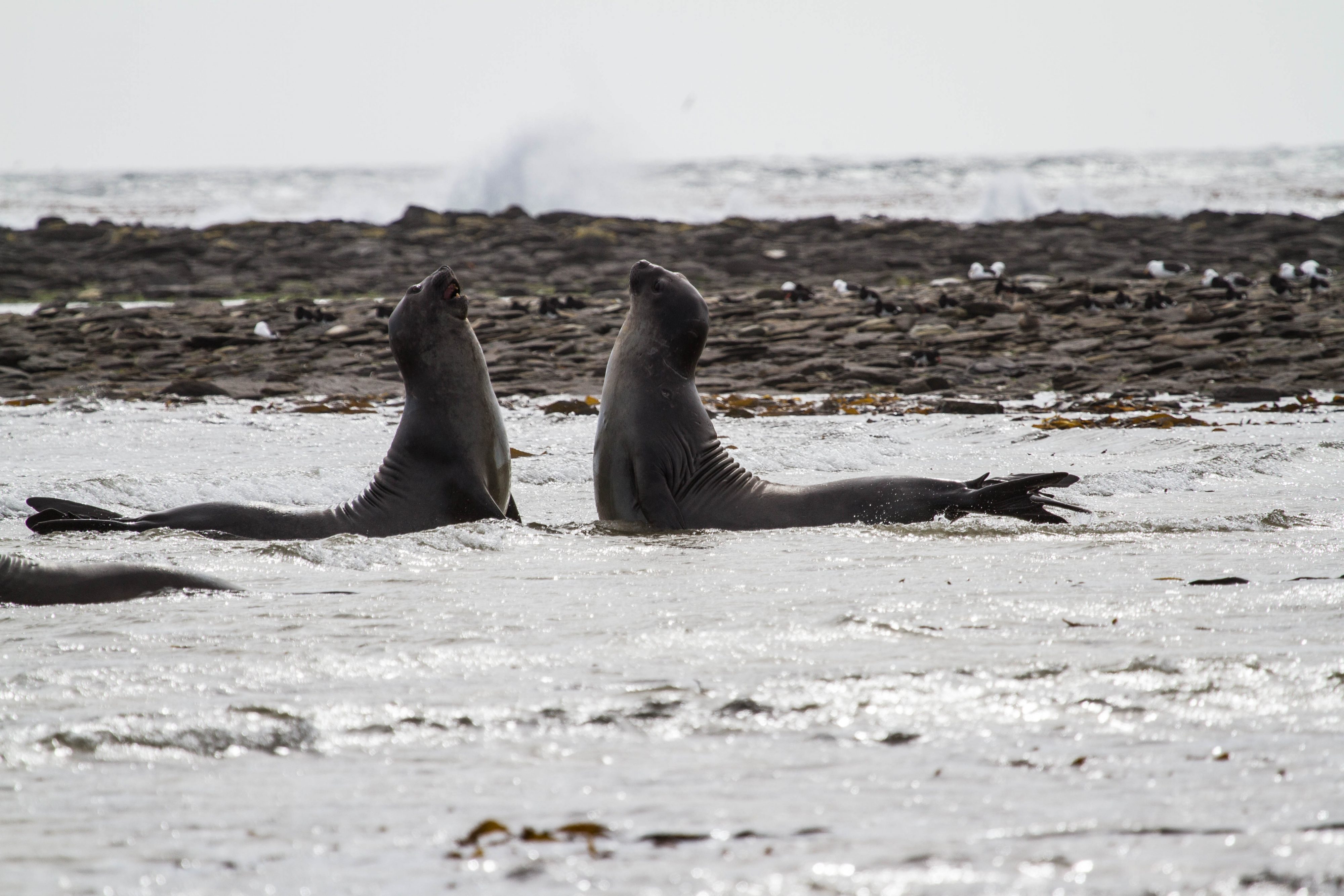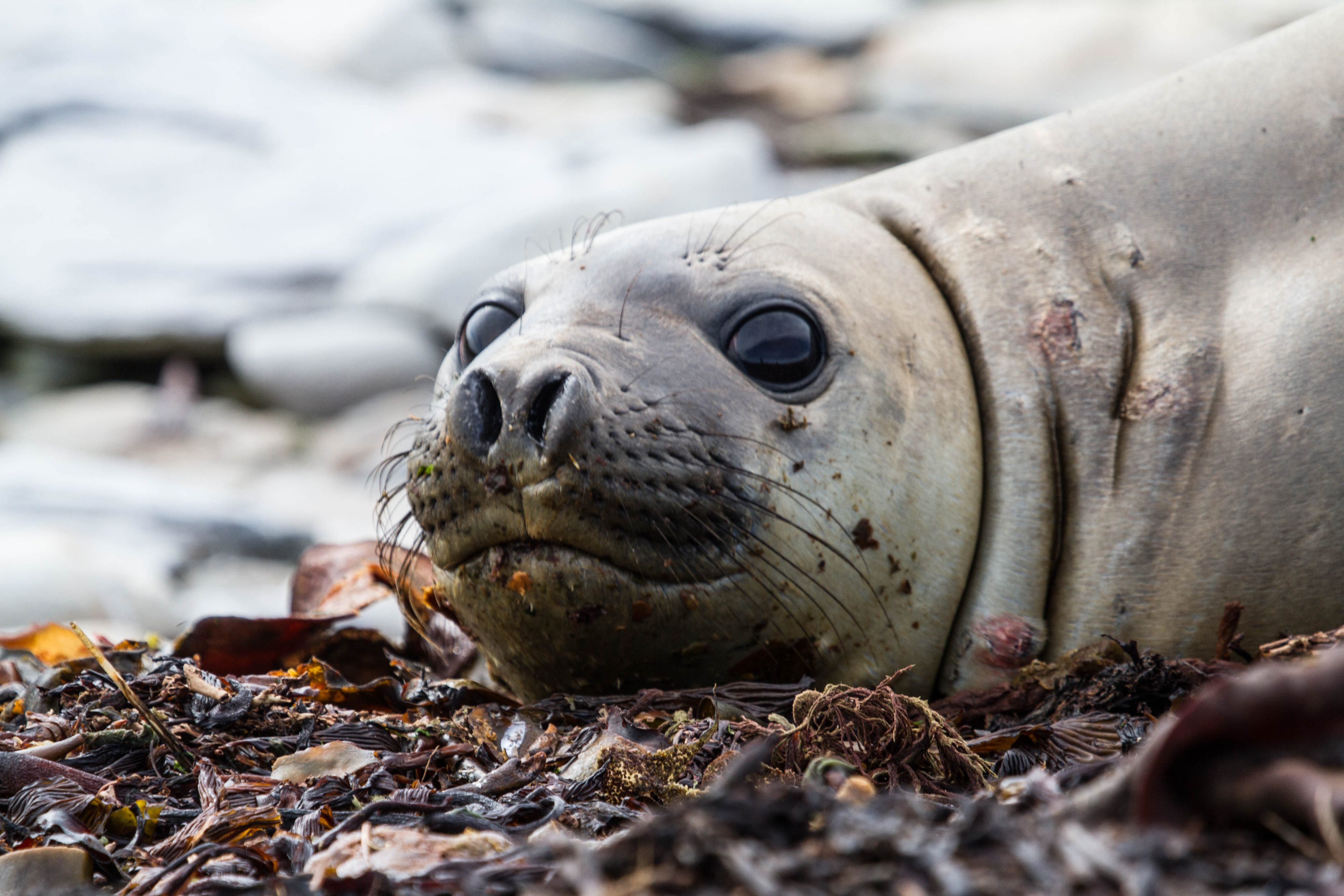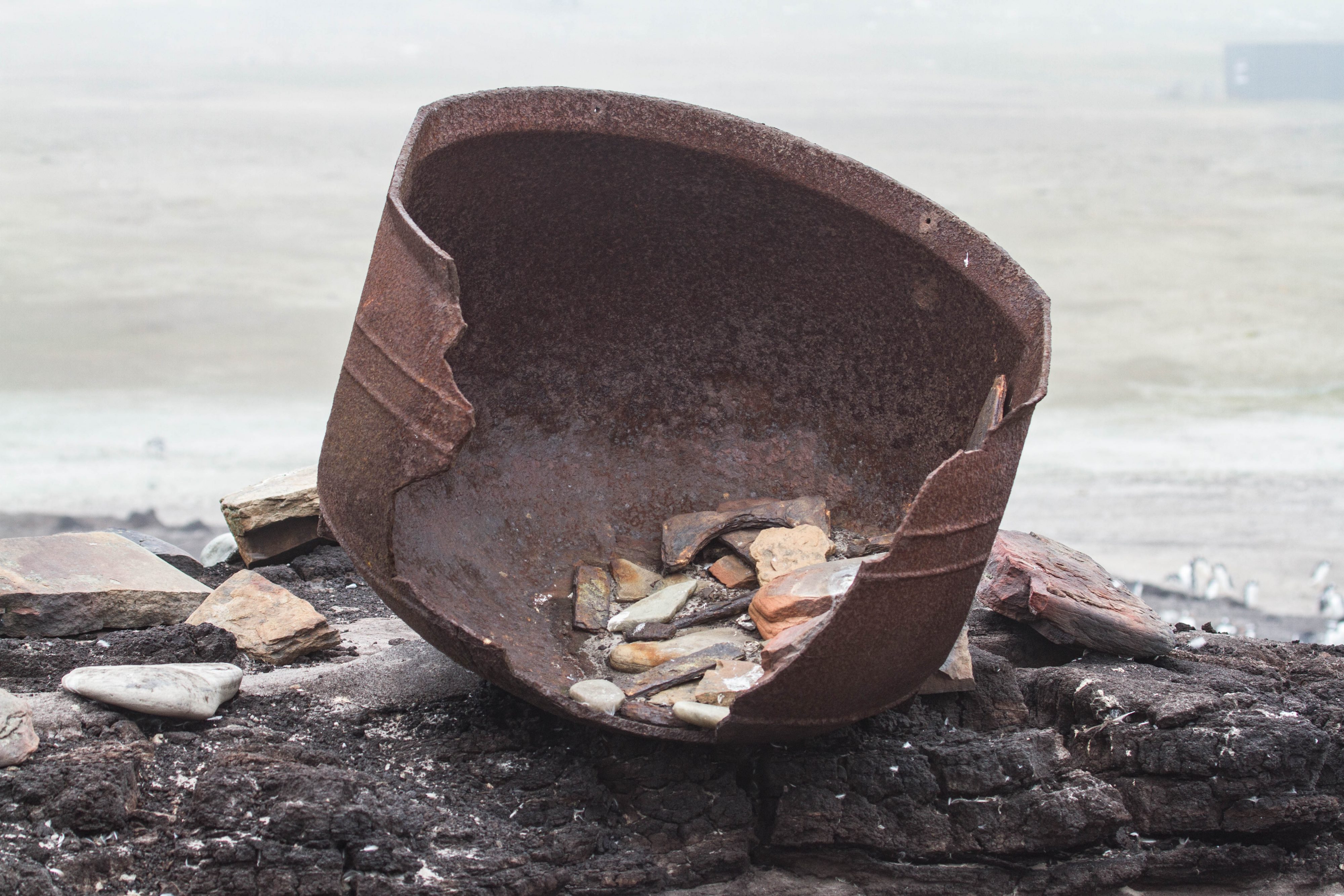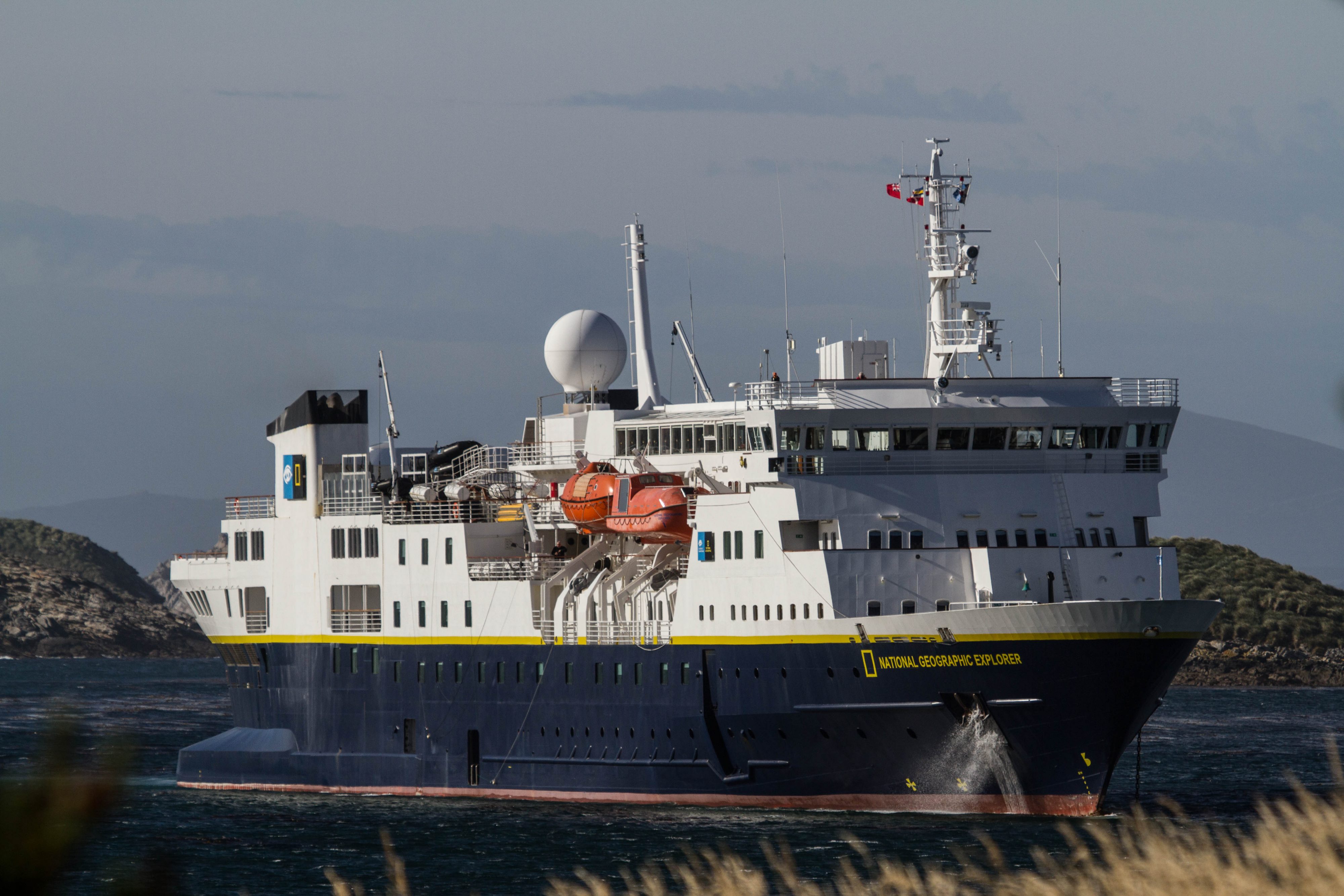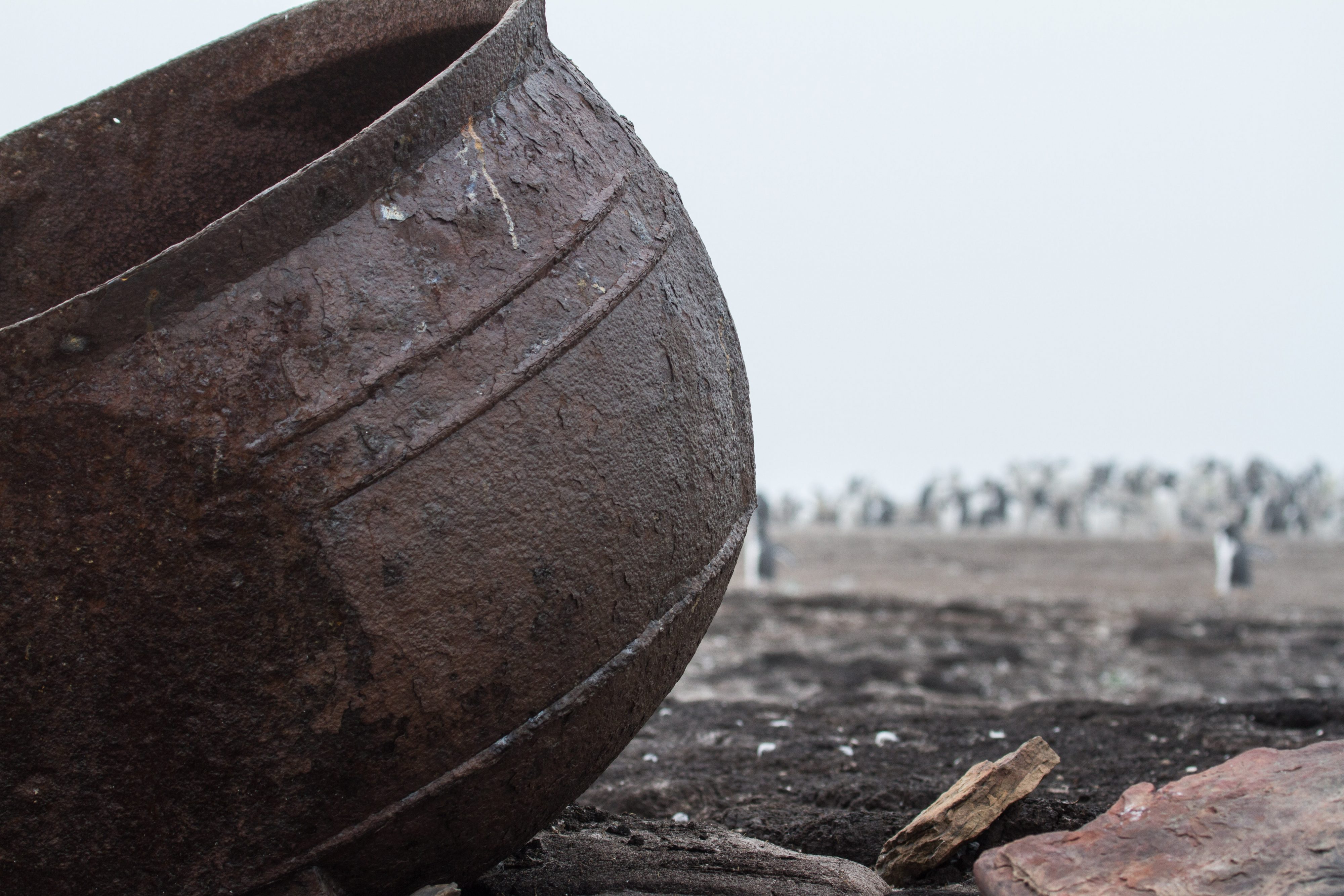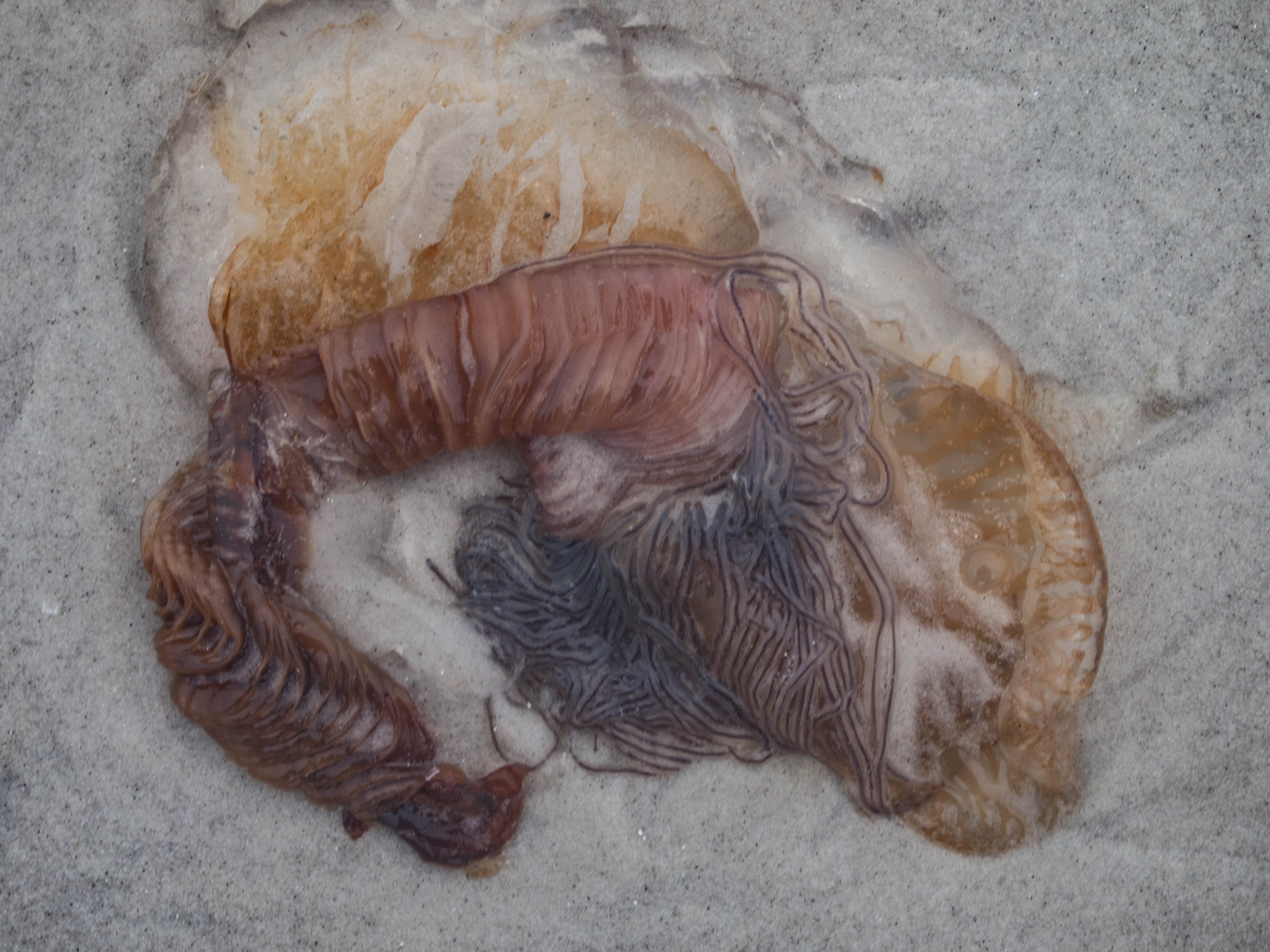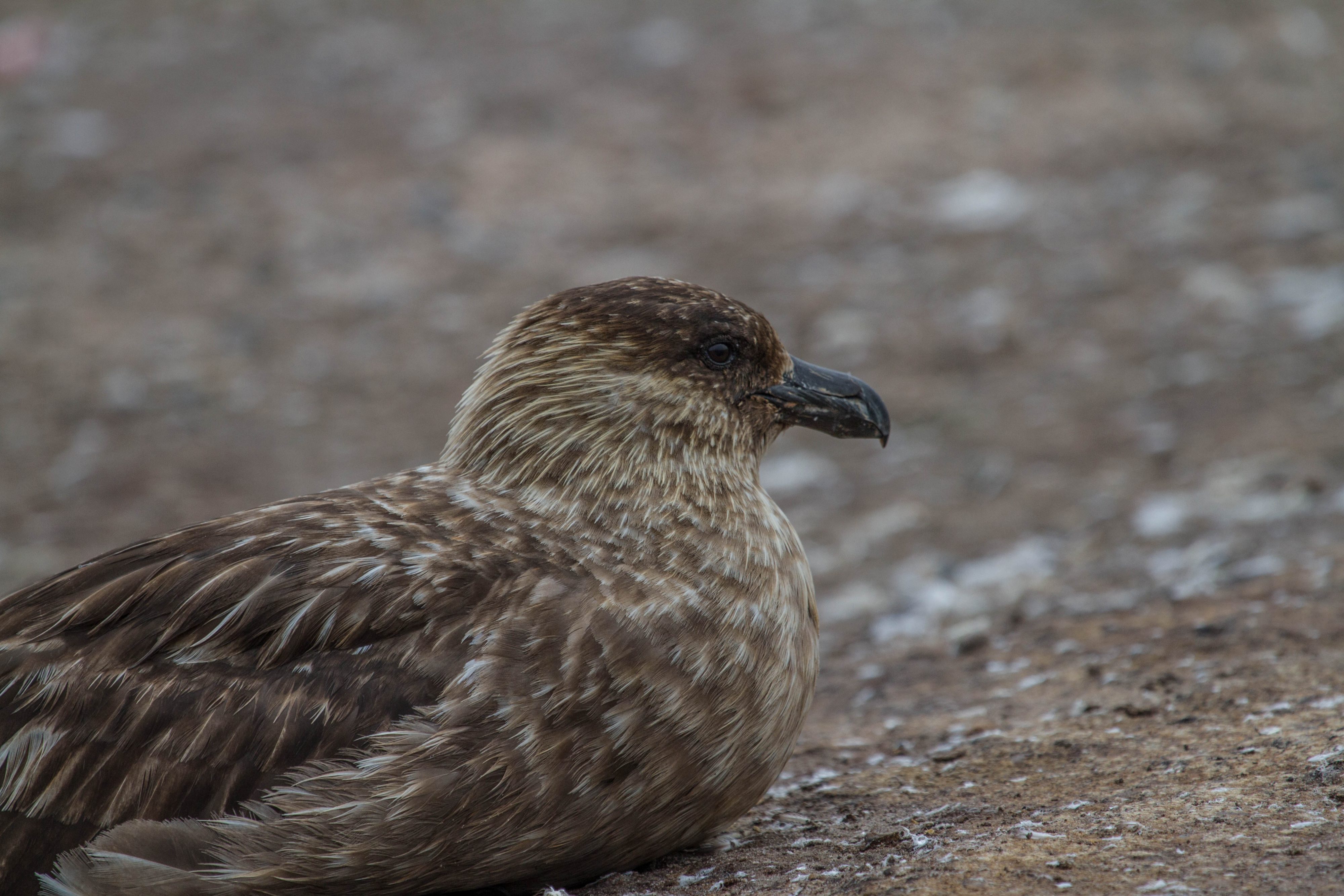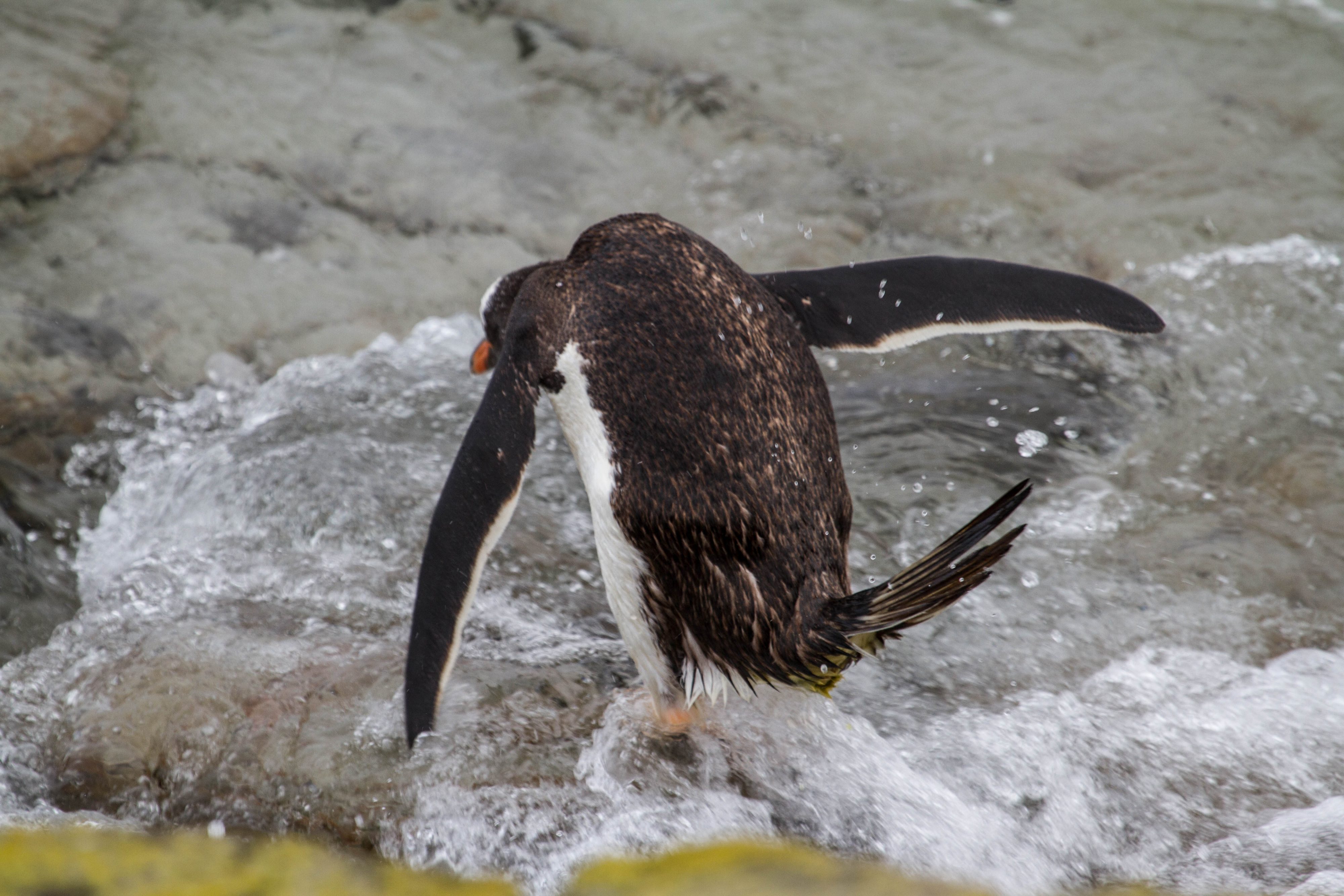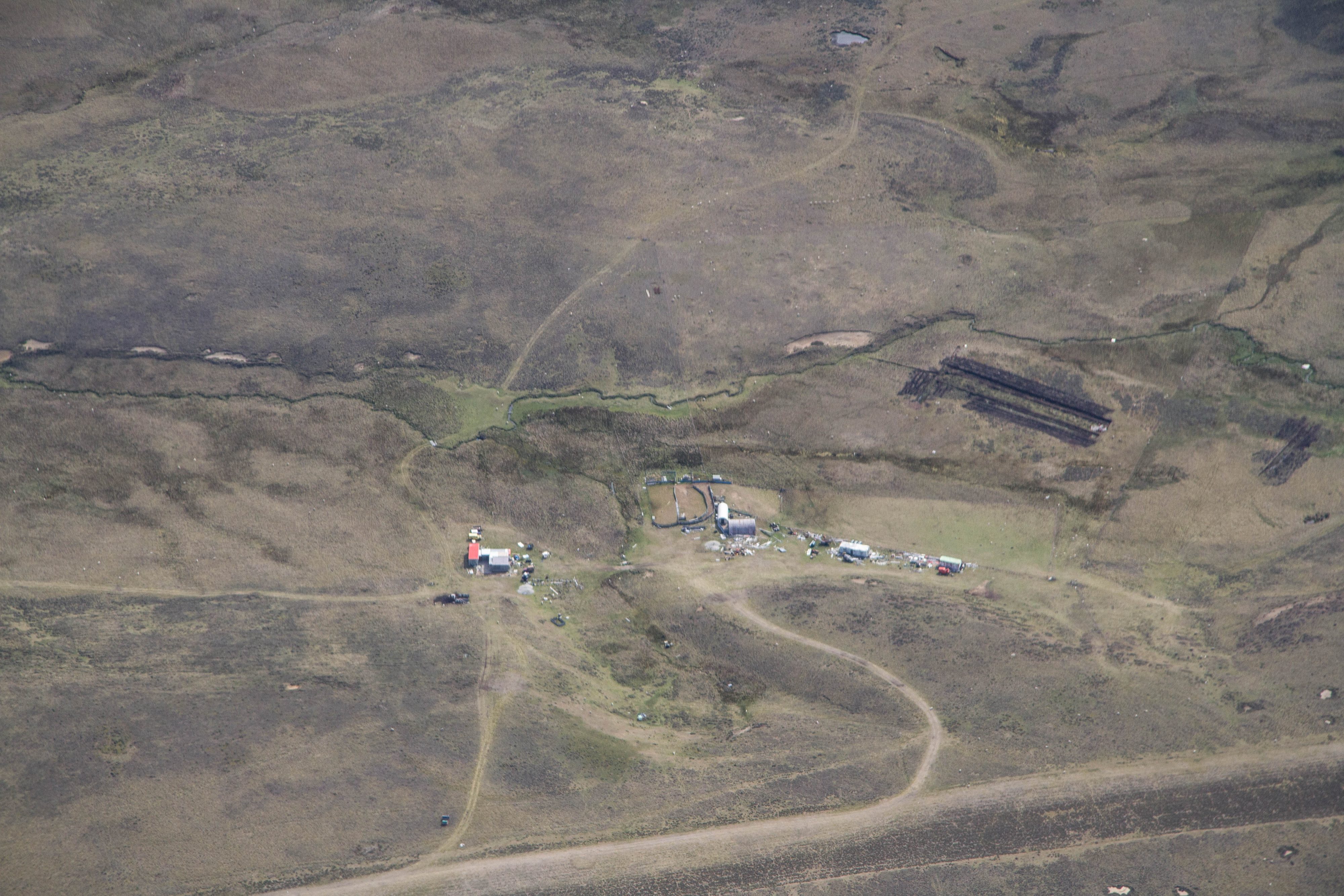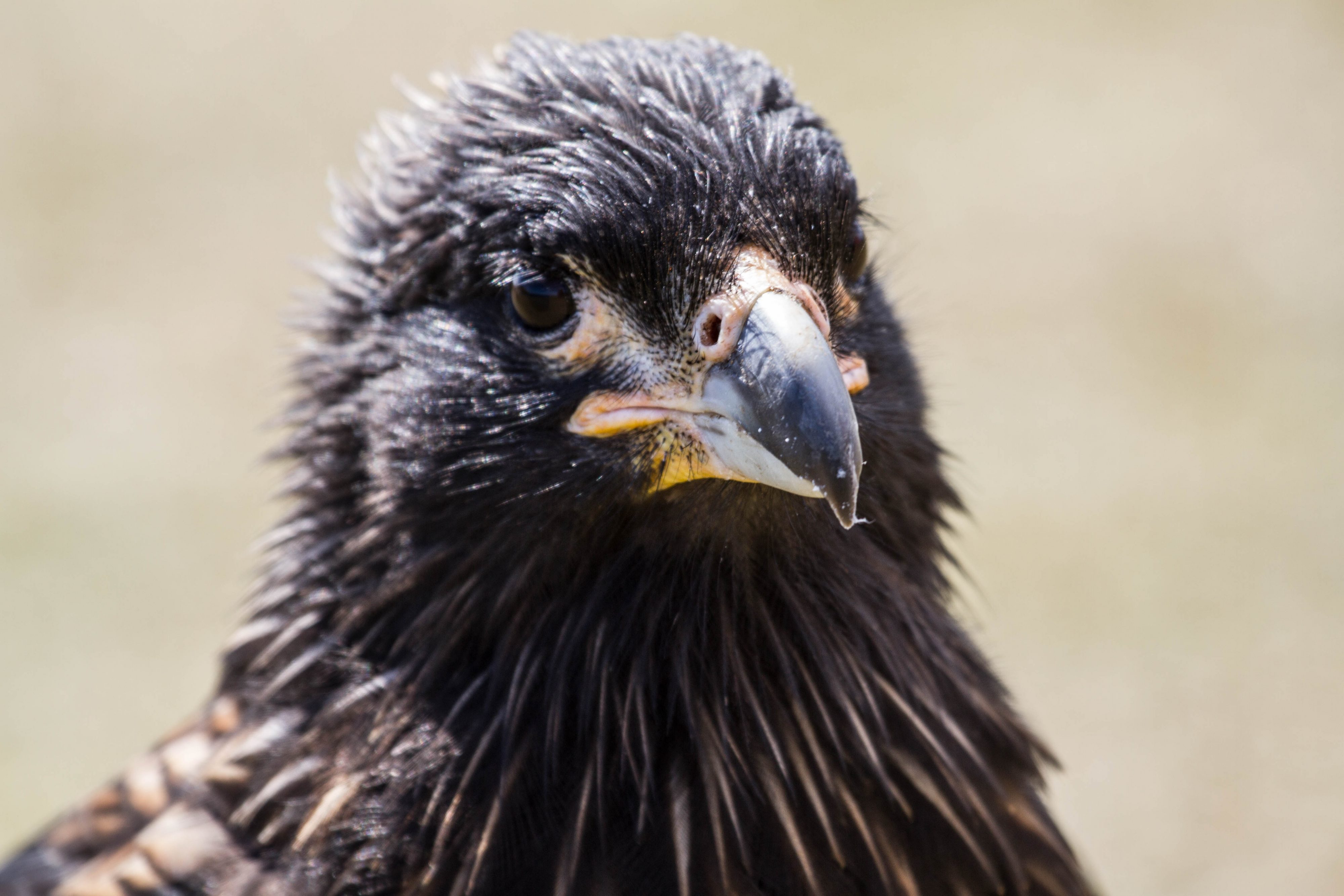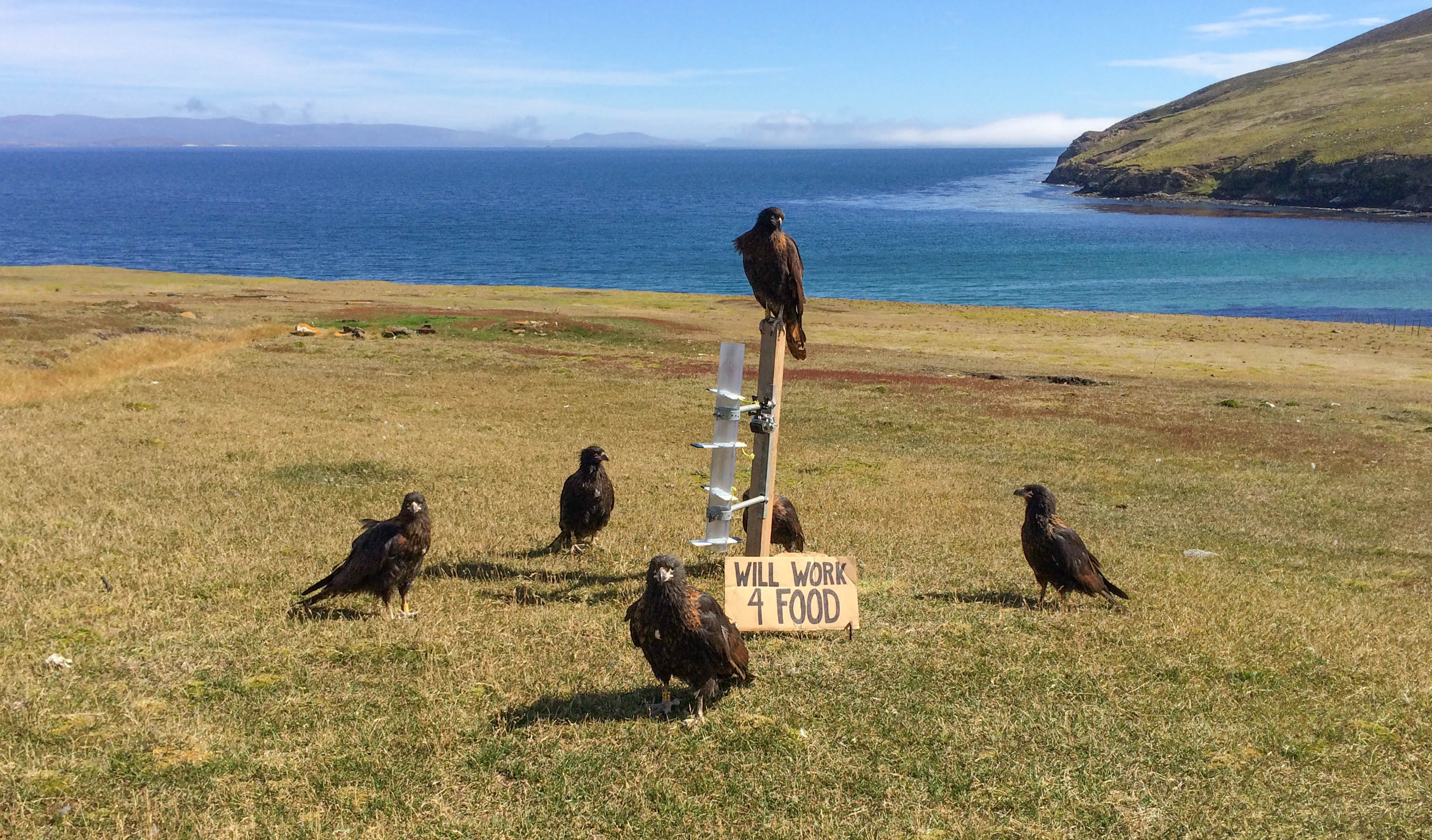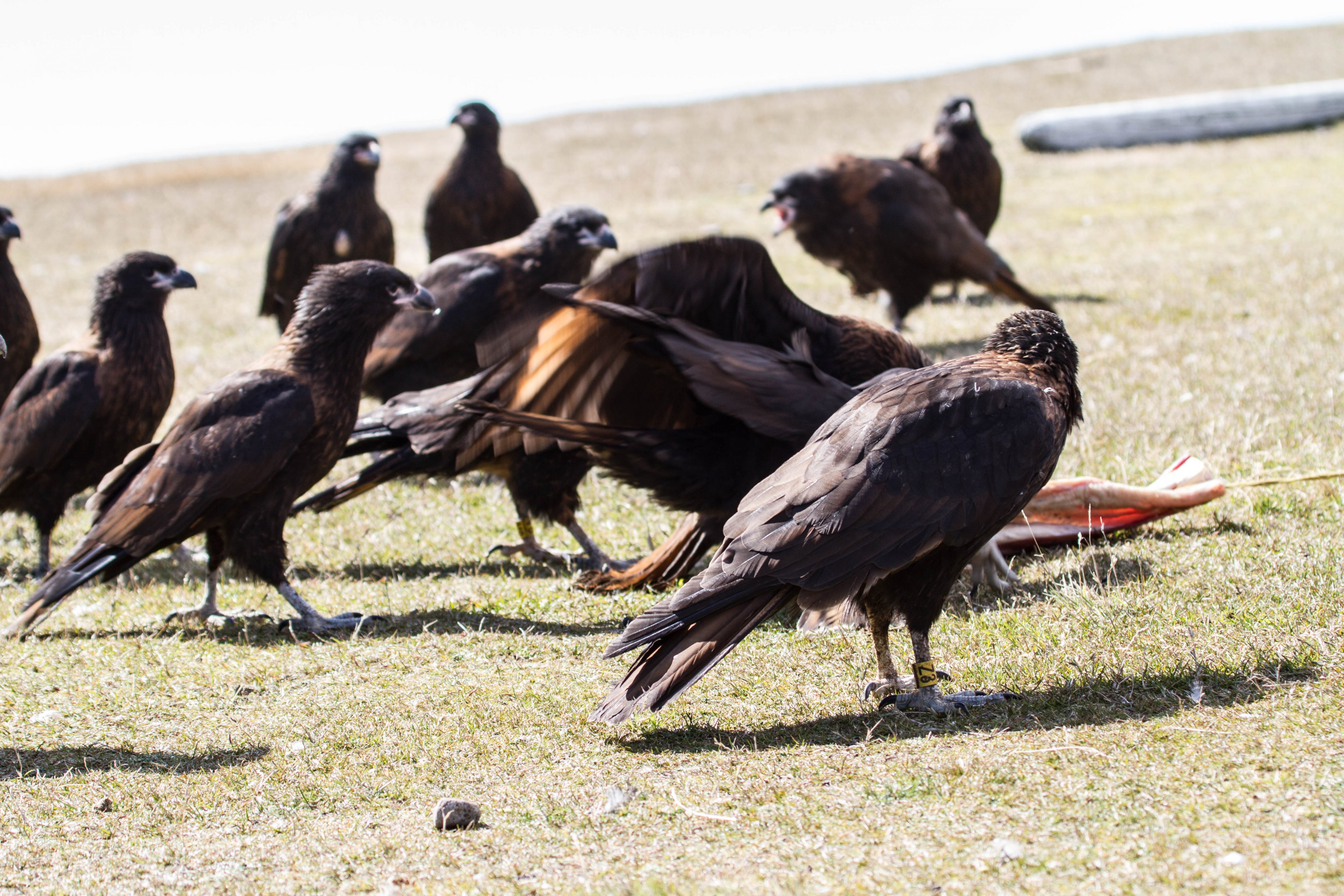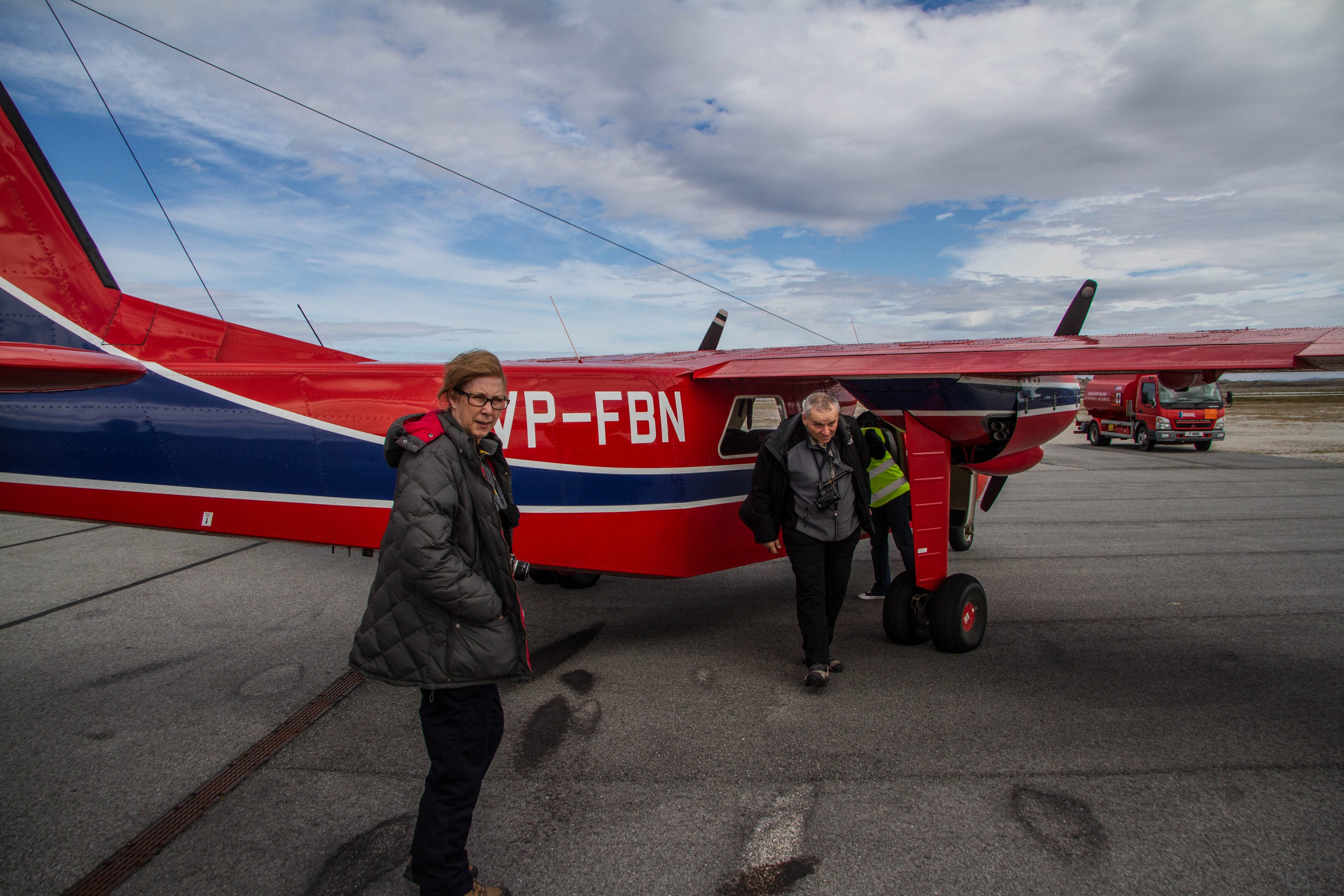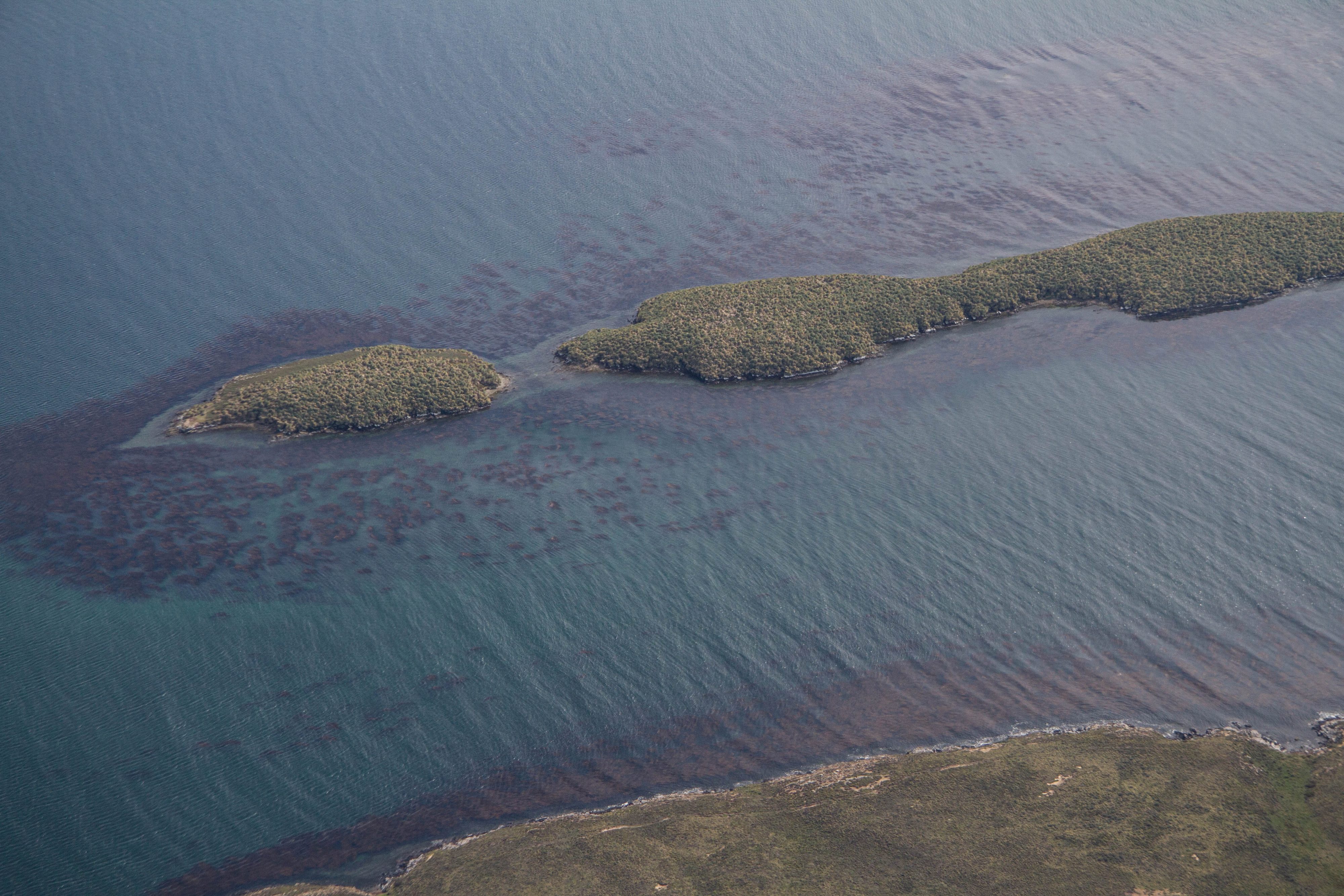Elephant Seals
Our 2nd day on Carcass. A warm welcome to the home of Rob & Lorraine the day before. Chilean Cabernet Sauvignan at dinner and then talking with our fellow guests and hosts until late in the evening.
We forget what island life involves. All supplies must be landed on the island aside from sheep and cattle (and here, milk). That includes electricity. The wind lands on the island and turns the turbines. Only the basic power needs are produced by wind, the diesel generator provides the muscle. The vagaries of the wind are smoothed by battery storage, but if the shearing shed graders are not switched off, then the power will die in the late evening. Washing machines are for the daytime, but charging the iPad is ok at night.
So, fully charged, we were off to the elephant seals. Lorraine drove us out to the northern tip of the island just past the airstrip. We could smell them before we could see them. A powerful (and nauseating) stench arose from the slumbering giants. Something had crawled inside and died. Perhaps it was the sloughing skin that they shed every year, or was it just related to halitosis from both ends? Rumbles, farts, belches and gurgles came from all directions.
